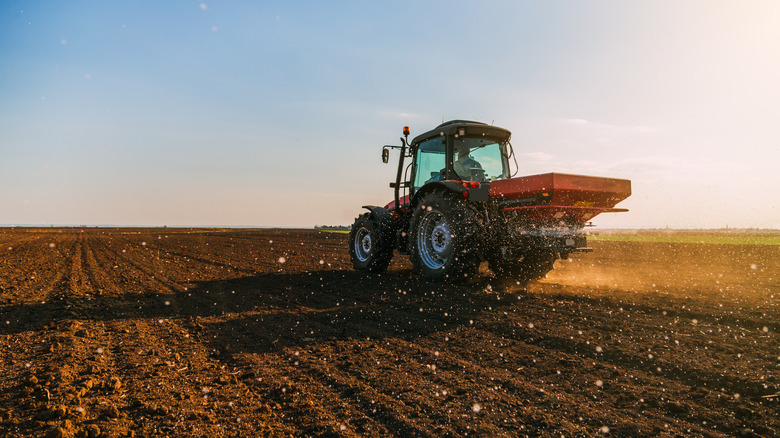What You Didn't Know About New York City's Poop Train
New York City has a population of nearly 9 million people. According to Mental Floss, these city dwellers produce approximately 1,200 tons of sewage each day. Like any densely populated city with limited green space, one has to wonder: Where does all the poo go?
Until 1988, the standard way to dispose of sewage was by dumping it into the ocean. But once the government realized this practice was less than ideal, the Environmental Protection Agency told municipalities they would have to figure out a way to get rid of human waste — known as "biosolids" by those in the industry — in a more environmentally friendly way.
The result was a transportation method affectionately known as "the poop train" (missing an opportunity to refer to it as the more juvenile "poo-poo choo-choo"). Each poop train transports thousands of tons of sewage thousands of miles west. Here's what happens to all of that, uh, material.
The NYC poop train helps U.S. agriculture flourish
The Environmental Protection Agency confirmed that treated biosolids, or human waste materials, are safe to use as plant fertilizers and generally superior to chemical fertilizers, per Mental Floss. The nutrients in biosolids promote growth and help the soil retain water.
So, the City of New York decided to transmute its bountiful sewage into a bounty of crops. Of course, the would-be recipients of the waste were skeptical at first, and only a few farmers in Colorado agreed to take on the first load of cargo in 1992. The biosolids proved effective, increasing the crop yield and deterring pests. Before long, New Yorkers' excrement was, quite literally, hot s***, and farmers across the United States were joining the waiting list.
The biosolids proved less desirable when a "poop train" traveled to Alabama and got stuck. The train, which was loaded with thousands of tons of human waste, was marooned in the 1,000-person town of Parrish, Alabama, for over two months, as reported by The New York Times. The result was a powerful and lingering stench that hung over the town. "It smells like rotting animals, or a dead carcass. It seems like there's a dead animal nearby," Heather Hall, the town's mayor, said in 2018. "And it's not like you just get a whiff of it where it's just a subtle smell. It is so overpowering you cannot go outside."

